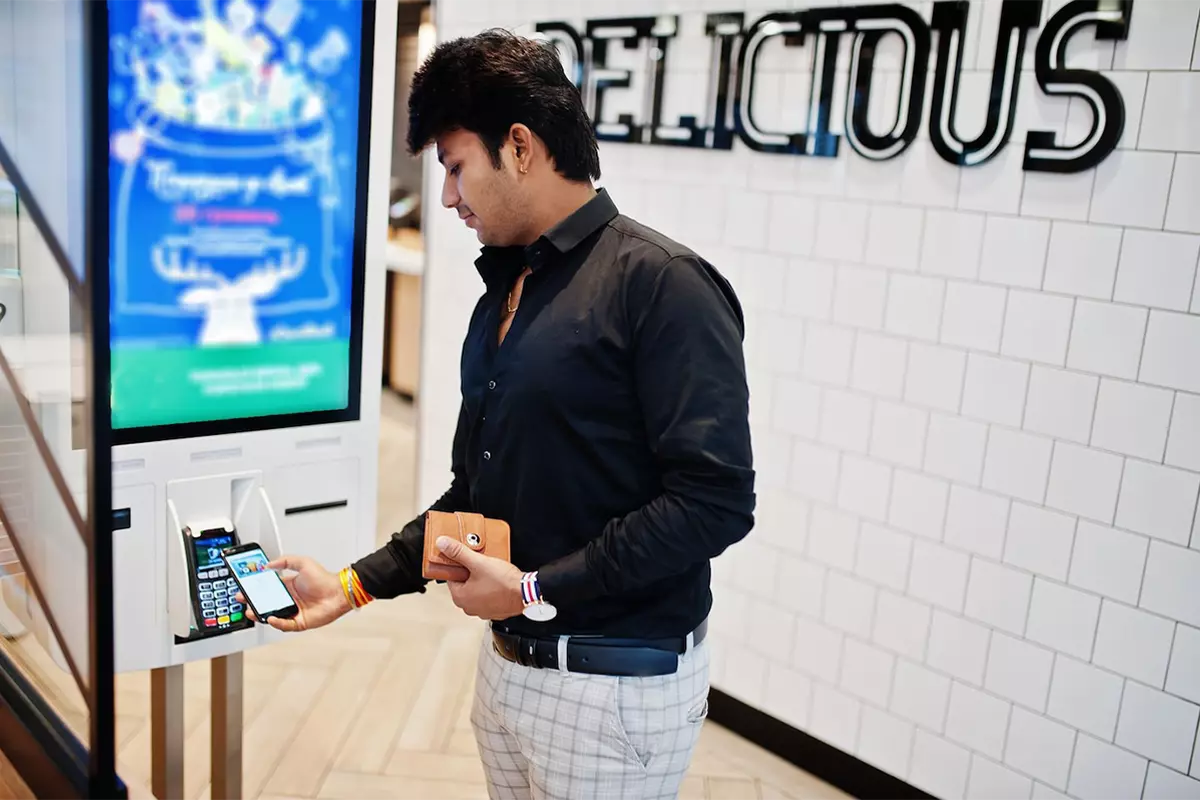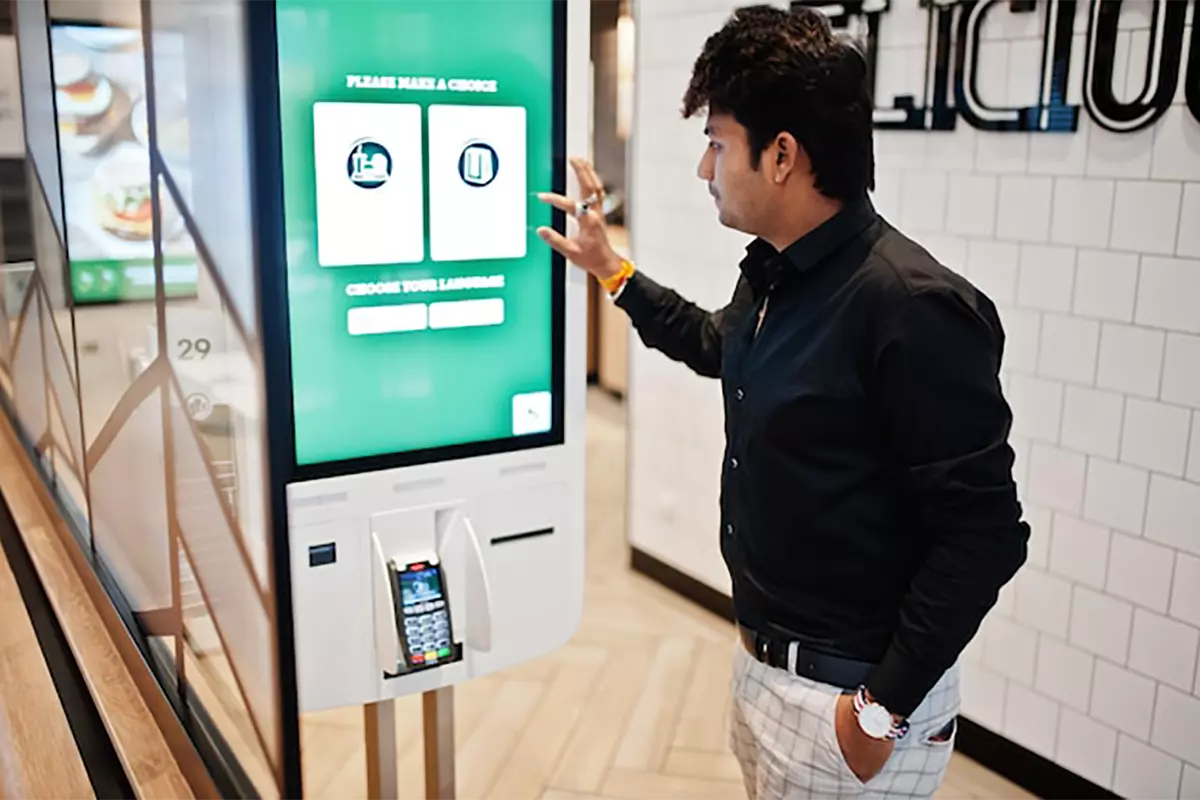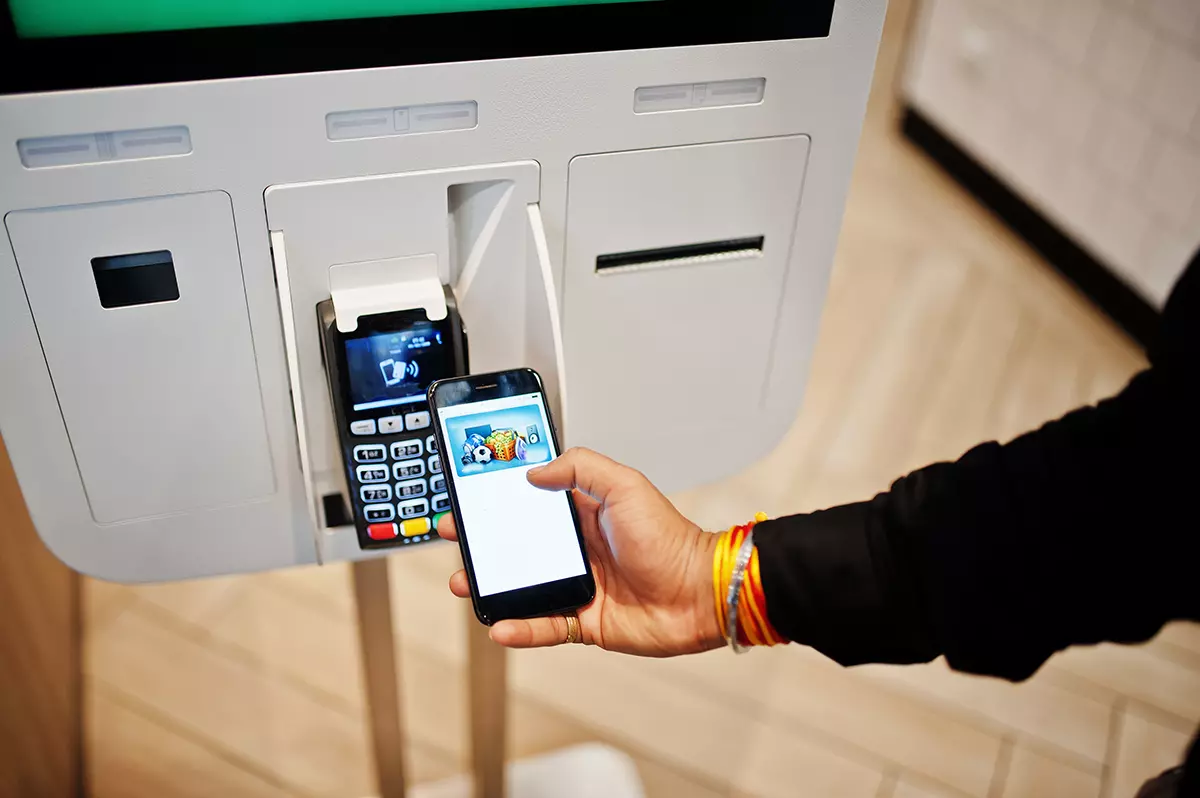
Discover the power of interactive touchscreen kiosks for self-service applications. From retail to healthcare, these user-friendly solutions enhance customer experiences, streamline operations, and drive efficiency. Explore the versatile applications, benefits, and cost savings of interactive touchscreen kiosks. Stay ahead of the competition with this innovative technology. Start maximizing convenience and optimizing customer satisfaction today.
Introduction
In today’s fast-paced world, self-service technologies have become increasingly popular, offering convenience and efficiency to both businesses and consumers. One such technology that has gained significant traction is the interactive touchscreen kiosk. These innovative devices provide a user-friendly interface that allows individuals to independently access information, complete transactions, and perform various tasks. This article explores the benefits and applications of interactive touchscreen kiosks, highlighting their role as a versatile solution for self-service applications.
Enhancing Customer Experience
Interactive touchscreen kiosks have revolutionized the way businesses engage with their customers. By providing a seamless and intuitive user interface, these kiosks offer a self-service experience that is convenient and efficient. Customers can easily navigate through the menu options, browse products or services, and make informed decisions. The interactive nature of the kiosks enables users to explore various offerings, compare features, and access detailed information, empowering them to make well-informed choices.
Versatile Applications

The applications of interactive touchscreen kiosks span across various industries and sectors. Let’s explore some of the key areas where these kiosks are making a significant impact:
1. Retail
In the retail sector, interactive touchscreen kiosks are transforming the way customers shop. These kiosks allow users to browse product catalogs, check pricing and availability, and even make purchases directly from the kiosk. By offering self-service options, retailers can reduce wait times, streamline the shopping process, and enhance overall customer satisfaction.
2. Hospitality
Hotels, restaurants, and entertainment venues are increasingly adopting interactive touchscreen kiosks to improve guest experiences. These kiosks enable visitors to check-in or check-out, make reservations, order food and beverages, and access information about facilities and events. By leveraging these self-service solutions, businesses in the hospitality industry can enhance operational efficiency while providing personalized and convenient services to their guests.
3. Healthcare
Interactive touchscreen kiosks are also finding their place in the healthcare industry. Patients can use these kiosks to check-in for appointments, update personal information, complete registration forms, and even make payments. By automating these administrative processes, healthcare providers can streamline their operations, reduce wait times, and enhance patient satisfaction.
4. Transportation
Airports, train stations, and bus terminals are embracing interactive touchscreen kiosks to facilitate ticketing and wayfinding. Travelers can easily purchase tickets, check departure and arrival times, and obtain maps and directions. These kiosks not only simplify the travel experience but also reduce the burden on staff, allowing them to focus on providing assistance in more complex situations.
Advantages of Interactive Touchscreen Kiosks

The widespread adoption of interactive touchscreen kiosks can be attributed to their numerous advantages. Let’s delve into some of the key benefits these kiosks offer:
1. Increased Efficiency
Interactive touchscreen kiosks help streamline processes by reducing the need for manual intervention. With self-service capabilities, customers can independently complete tasks, such as making purchases, gathering information, or checking-in. This frees up staff resources and enables businesses to operate more efficiently.
2. Improved Customer Satisfaction
By providing a user-friendly interface, interactive touchscreen kiosks enhance the overall customer experience. Users can effortlessly navigate through options, access relevant information, and complete transactions without relying on assistance. The convenience and efficiency offered by these kiosks contribute to heightened customer satisfaction.
3. Enhanced Accessibility
Interactive touchscreen kiosks are designed to accommodate users of various abilities. The intuitive interfaces, clear visuals, and touch-based interactions make them accessible to individuals with different levels of digital literacy. Moreover, these kiosks can incorporate accessibility features such as text-to-speech and adjustable font sizes, ensuring a user-friendly experience for all.
4. Cost Savings
Implementing interactive touchscreen kiosks can result in substantial cost savings for businesses. By automating routine tasks and reducing reliance on staff, companies can optimize their resources and allocate them to more value-added activities. Additionally, these kiosks enable businesses to operate with smaller physical footprints, saving on real estate costs.
Conclusion
Interactive touchscreen kiosks have become an integral part of modern self-service applications, offering businesses and consumers a user-friendly solution that enhances convenience, efficiency, and overall customer experience. These kiosks have revolutionized various industries, including retail, hospitality, healthcare, and transportation, by providing seamless and intuitive interfaces for users to independently access information, complete transactions, and perform tasks.
In the retail sector, interactive touchscreen kiosks have transformed the shopping experience by allowing customers to browse products, check pricing and availability, and make purchases directly from the kiosk. This self-service option not only reduces wait times but also streamlines the shopping process, leading to improved customer satisfaction.
The hospitality industry has embraced interactive touchscreen kiosks to enhance guest experiences. Hotels, restaurants, and entertainment venues utilize these kiosks for check-in and check-out processes, reservation management, ordering food and beverages, and providing information about facilities and events. By implementing self-service solutions, businesses in this sector can optimize their operations, improve efficiency, and deliver personalized and convenient services to their guests.
Healthcare facilities have also benefited from interactive touchscreen kiosks, which allow patients to conveniently check-in for appointments, update personal information, complete registration forms, and make payments. By automating these administrative tasks, healthcare providers can reduce wait times, streamline operations, and enhance patient satisfaction.
In the transportation industry, interactive touchscreen kiosks have simplified ticketing and wayfinding processes in airports, train stations, and bus terminals. Travelers can easily purchase tickets, check departure and arrival times, and access maps and directions. These self-service kiosks not only enhance the travel experience but also alleviate the burden on staff, enabling them to focus on providing assistance in more complex situations.
The advantages of interactive touchscreen kiosks are manifold. They increase operational efficiency by reducing the need for manual intervention, allowing customers to independently complete tasks and freeing up staff resources. The user-friendly interfaces of these kiosks contribute to improved customer satisfaction by enabling effortless navigation, access to relevant information, and seamless transactions. Additionally, interactive touchscreen kiosks promote accessibility by incorporating features that cater to users with varying abilities.
From a financial perspective, implementing interactive touchscreen kiosks can lead to cost savings for businesses. By automating routine tasks and reducing reliance on staff, companies can optimize their resources and allocate them to more value-added activities. Furthermore, the compact nature of these kiosks enables businesses to operate with smaller physical footprints, resulting in savings on real estate costs.
In conclusion, interactive touchscreen kiosks have proven to be a user-friendly solution for self-service applications across multiple industries. Their seamless interfaces, versatile applications, and numerous advantages have transformed customer experiences, enhanced operational efficiency, and positioned businesses at the forefront of technological innovation. By embracing interactive touchscreen kiosks, companies can stay ahead of the competition, provide exceptional customer service, and navigate the ever-evolving landscape of self-service technology.






